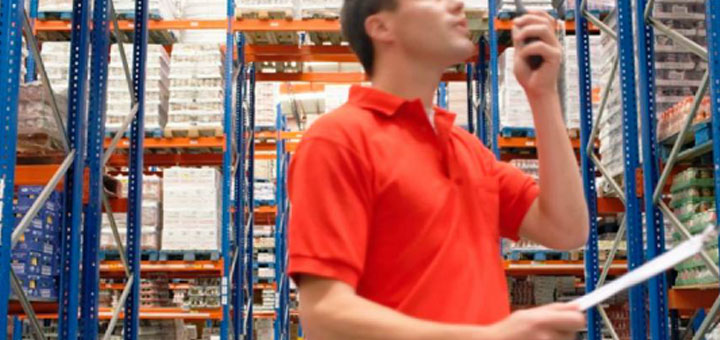Warehousing plays an important role in supply chain management. It is the practice of assorting and storing finished products and raw materials. The aim of warehouse management is to control and monitor the movement and storage of materials within a warehouse and optimize the stock using real-time information. However, trying to manage the warehouses manually can be quite daunting which is why automation in this sector is getting increasingly popular. Let’s see how automation can help you.
Advent of Intelligent Forklift Systems
Forklifts are the most commonly used equipment in any warehouse. Associated tools such as forklift truck scales and forklift scales are not an uncommon sight. However, with technology it is becoming possible to automate the tasks that are done using the forklifts.
Intelligent or smart forklifts are a breed that can achieve a lot more than just lifting things around the warehouse. With built-in sensors, you can control the speed of the forklift, detect collision, optimize fork speed, use the anti-slip technology to monitor the spin of the wheel and improve its traction on smooth and slippery floors. Further, it includes diagnostics that help in operating forklifts in a much better way.
Smart forklifts can also be integrated with voice systems which enables the forklifts to follow the user, lift the pallet to the correct ergonomic height for picking (it is usually dependent on the location of the inventory in the warehouse racking), and finally unload at the shipping dock. All this is achieved without the presence of a human driver or operator. The automated forklifts understand that they are not supposed to exceed a certain set speed and they ensure that the speed remains optimal at all times. By getting the ability to control the speed of the forklift, you can increase the safety around the warehouse.
Intelligent forklifts of the current times are also built with real-time location systems that allow the operators to proceed to a specific location and efficiently load/unload any pellet without checking or scanning the location repeatedly to ensure that they have delivered or picked up the right load. Smart forklifts also help in promoting new process flows within the warehouse.
Warehouse Automation Systems
Let us look at some systems that help in automating material handling systems and enable automated packaging systems across different warehouse processes:
- Automated Lift Truck
They offer flexible and affordable automation of repeatable transportation tasks. Automated lift trucks are well suited for dock work and horizontal transport. On the other hand, the automated tow tractor is ideal for parts-to-line, batch picking, cart tugging and other value-added operations in the warehouse.
- Automated Storage and Retrieval Systems
Automated Storage and Retrieval System, better known as AS/RS, is designed to be the center of an integrated material handling system which can provide the necessary efficiency and speed of warehouse processes so that you can stay ahead in the supply chain competition and face the challenges of distribution center environments. It offers a high-density storage capacity in a compact footprint. Moreover, it is possible to tailor your requirements to your warehouse and distribution center needs.
- Conveyor Systems
Conveyor systems are used to transport, sort and accumulate boxes or products in a variety of applications. Having the right kind of conveyor system in the warehouse helps in accomplishing lean goals and provides better inventory management. Depending on the kind of products you handle, you must implement the appropriate conveyor equipment, technology and material flow layout. Use of conveyor scales is highly recommended to achieve high accuracy.
- Vertical and Horizontal Carousel Systems
These are responsible for providing high-productivity solutions for storage and retrieval. Vertical carousel systems help in lifting the vertical module while the horizontal carousel systems help insignificantly increasing the order picking throughput. Moreover, they require less storage space, help in reducing the inventory and minimize picking errors. You will get higher efficiency, better control of the inventory management and optimized warehouse floor space.
- Crossdock and Pallet Systems
It isn’t unusual for warehouses to receive, repack and ship full pallets. By implementing cross dock and pallet systems, you can maximize throughput while minimizing manual tasks such as measuring the weight, labeling, and scanning boxes and associated pallets, etc.

Author Bio:
Kevin Hill heads up the marketing efforts and provides technical expertise to the sales and service teams at Quality Scales Unlimited in Byron, California.

